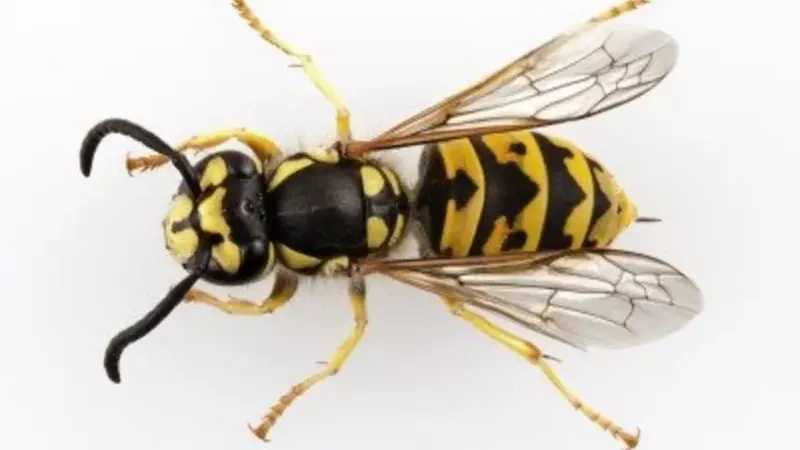
It’s not just your imagination; the wasps are plenty and aggressive this year
If you’ve been spending time relaxing in your backyard this summer, you’ve likely been having to do plenty of swatting as wasps try to get at your drinks and food.
Shawn Sherwood, the general manager of Poulin’s Pest Control, says when the spring is damp and cool or there is hard frost, a lot of nests don’t survive. That didn’t happen this year.
“This year, the spring was dry and warm and most of (the wasps) survived and now they’re all over the place, and they’re hungry,” said Sherwood.
Sherwood says at this time of the year, each of the nests has thousands of wasps and that means more food is required to feed the members.


